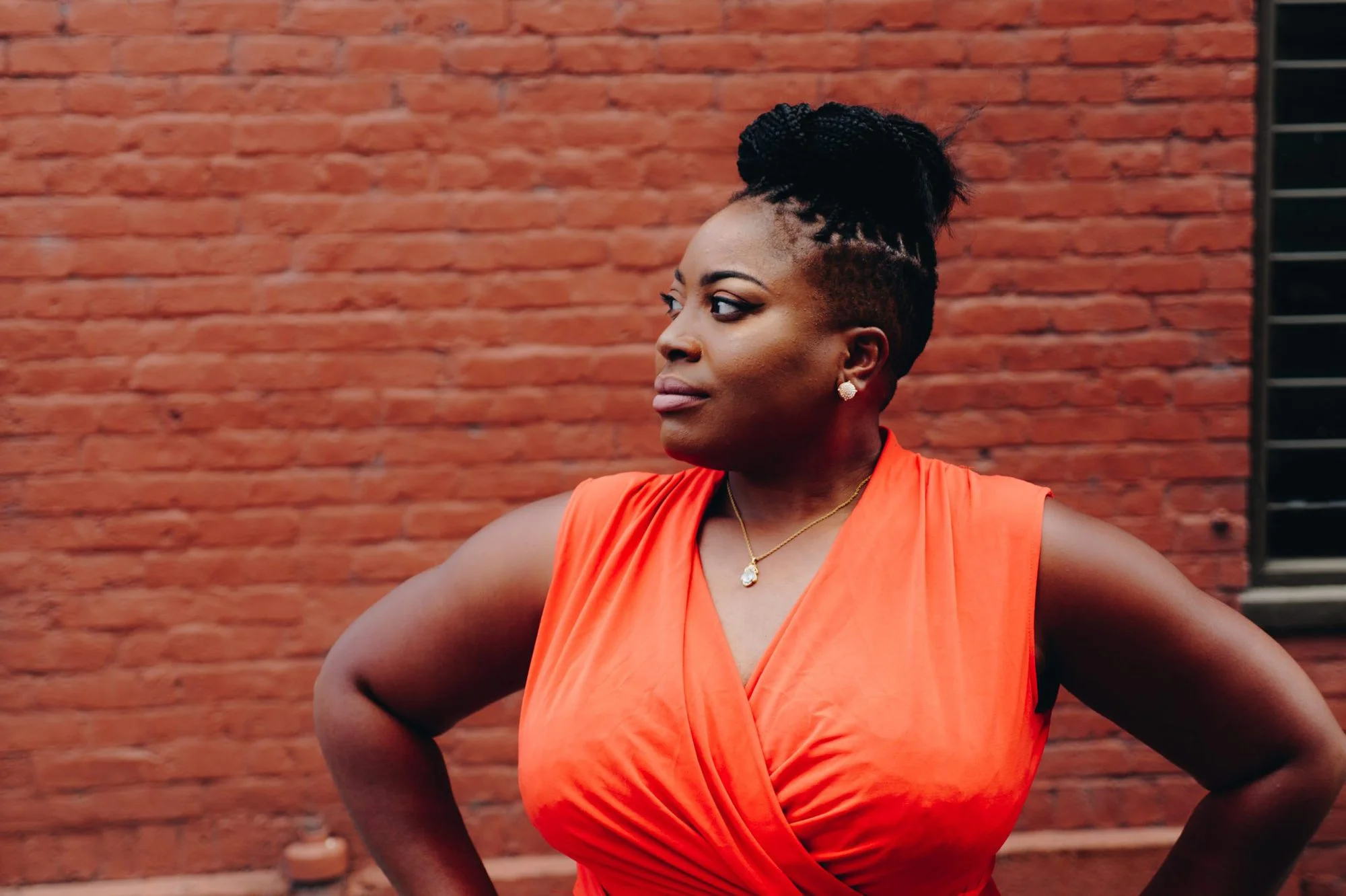Source: CreaterHer Stock
This is Part 3 of the Minimalism for Black Liberation series.
African resistance and the fight for liberation began many centuries ago in response to Arab and European encroachment. Early liberation movements were conducted via warfare and clandestine actions, but as time progresses the movements have adopted various tactics.
Before we can know where we're going, we must understand where we've been. In part three of the series, we're looking at the historical movements for black liberation. This list is not exhaustive and I've included two great resources at the end for you to further your knowledge.
Here are some of the major black liberation movements of the past 500 years.
Maroonage (1500s-1800s): Africans escaped to remote and uninhabited areas forming free communities in the Caribbean and the Americas.
Haitian Revolution (1791-1804): Armed revolt on the Caribbean island of Haiti which resulted in the first black independent country in that area.
Underground Railroad/Abolition (1700s-1800s): Clandestine network in the U.S. designed to guide escaping Africans to freedom in Northern U.S., Canada, and to a lesser extent, the Western U.S., Mexico, and the Caribbean. 1700s-1800s
Back to Africa/Repatriation (1800s): Thousands of Africans chose to return to the continent. Liberia and Freetown, Sierra Leone were established for those who willingly returned and were deported.
Pan-Africanism (1800s-1970s): Promoted unity among the continent and diaspora. Eight Pan-African Congresses have been held since 1900.
Civil Rights (1880s-1960s): Anti-lynching, desegregation and equal protection under the law.
Black Power (1960s-1980s): Right to self determination, self defense, and self respect. Black nationalism and unity were promoted.
African Independence (1847-1977): End American and European colonization of the continent.
Anti-Apartheid/Black Consciousness (1960-1994): End segregation in South Africa, recognize of civil rights including freedom of speech, and the promotion of black pride.
Black Lives Matter (2013- ): Combat police brutality and anti-black racism.
Additionally, there were a number of cultural and literary movements addressing the same ideals.
Freedom Narratives (1760-1909): Africans wrote autobiographical narratives of their lives and experiences in bondage.
Harlem Renaissance/New Negro (1917-1940s): Literary and artistic movement that asserted black creativity and identity.
Negritude (1930s-1940s): Literary movement influenced by the Harlem Renaissance. French Caribbean and African writes, also extended to Anglophone Caribbean artists.
Black Arts Movement (1965-1975): Focused on cultural nationalism and sister movement to Black Power. Art was created to encourage black consciousness and liberation.
It’s important to view the historical movements objectively. The pros include well-organized networks, clear objectives and agendas, direct action, and mass appeal. The cons include male-dominated leadership, class, gender and ethnic divisions, corruption and infiltration.
The Black Lives Matter movement demonstrates the pros of previous liberation movements while avoiding some of the cons. It was started by three women, is highly intersectional, utilizes the power of social media in conjunction with street protests and calculated disruption, and it is gaining international appeal in the diaspora.
What will the black minimalist movement look like?
That’s still to be determined. Minimalism for black liberation has already begun as an individual liberation movement. Minimalism is personal. It’s about our values, intentions, goals for our lives, and our willingness to focus on the essential. As we simplify and find clarity, we become examples to others in our families, communities, and other networks. Collective action can occur through education, community building, boycotts, and calculated political engagement.
Regardless of how we fight, we all have a part to play and there is space for multiple movements to occur simultaneously. In reviewing the approximate dates of the movements listed above, you can see many of them overlapped. Freedom fighters on the African continent and in the diaspora were influenced and inspired by each other to further the cause in their own communities and countries. A multi-front approach is a viable option for affecting change on a grander scale which transcends time and geography and can confront multiple issues.
In his book, Between the World and Me, Ta-Nehisi Coates makes an insightful point worth noting. Our ancestors who fought for liberation did so knowing it would probably not be realized in their lifetimes. In the conclusion, he entreats his son to struggle for the memory of his ancestors and for wisdom. Indeed, we do not fight for only ourselves. The work we do today is paid forward to our descendants and to those who struggle with us in spirit.
We must all do what we can for the struggle during our lifetimes, even if we only manage to achieve our own personal liberations. Each individual represents an aspect of the collective movement and if you inspire only one other person to pursue liberation, we have been successful.
The revolution starts with you and with me.
How do you envision the black minimalist movement?
Resources I used for historical synopses. They are great sources for an overview of the black experience.
http://exhibitions.nypl.org/africanaage
Ta-Nehisi Coates book:
Previous parts of the series:

